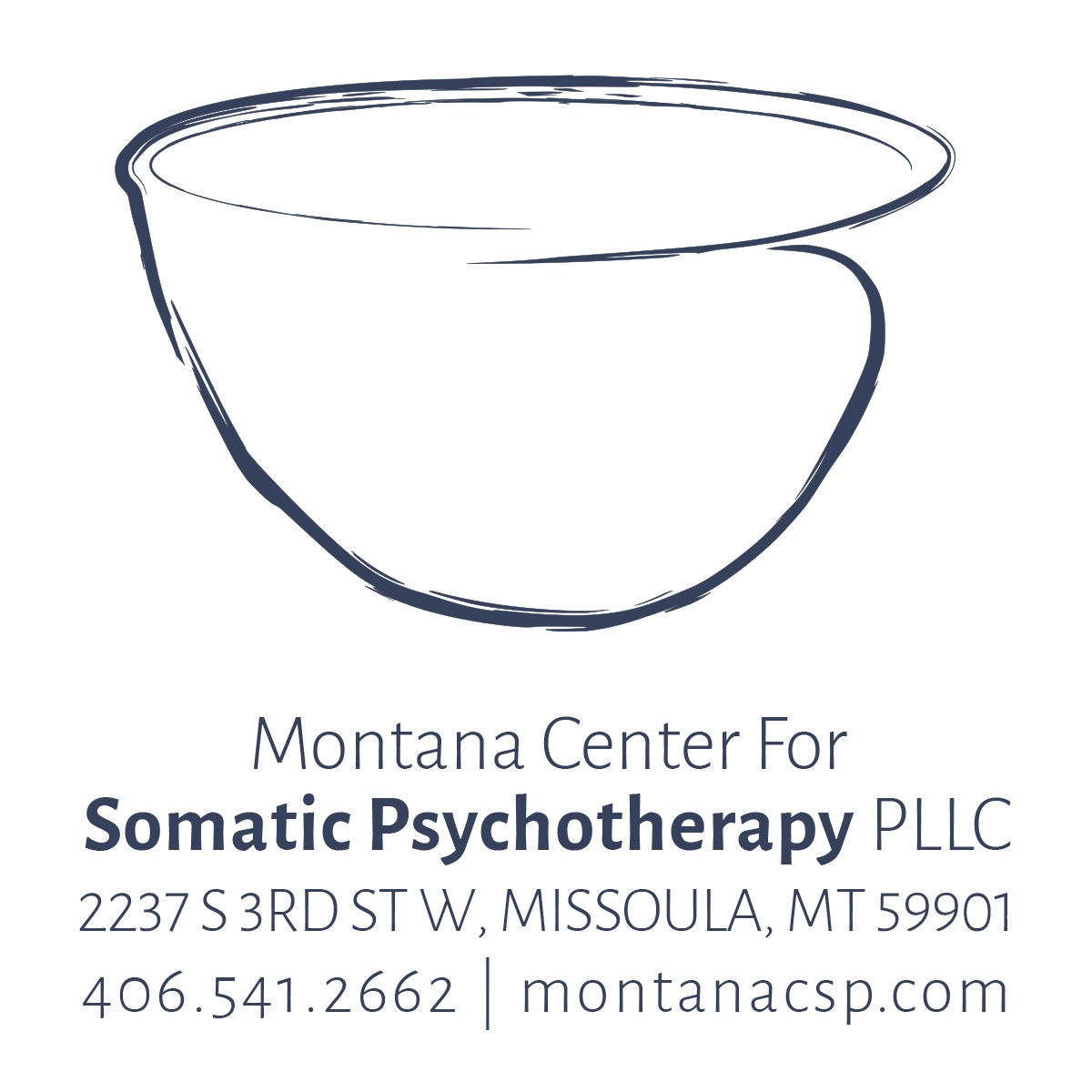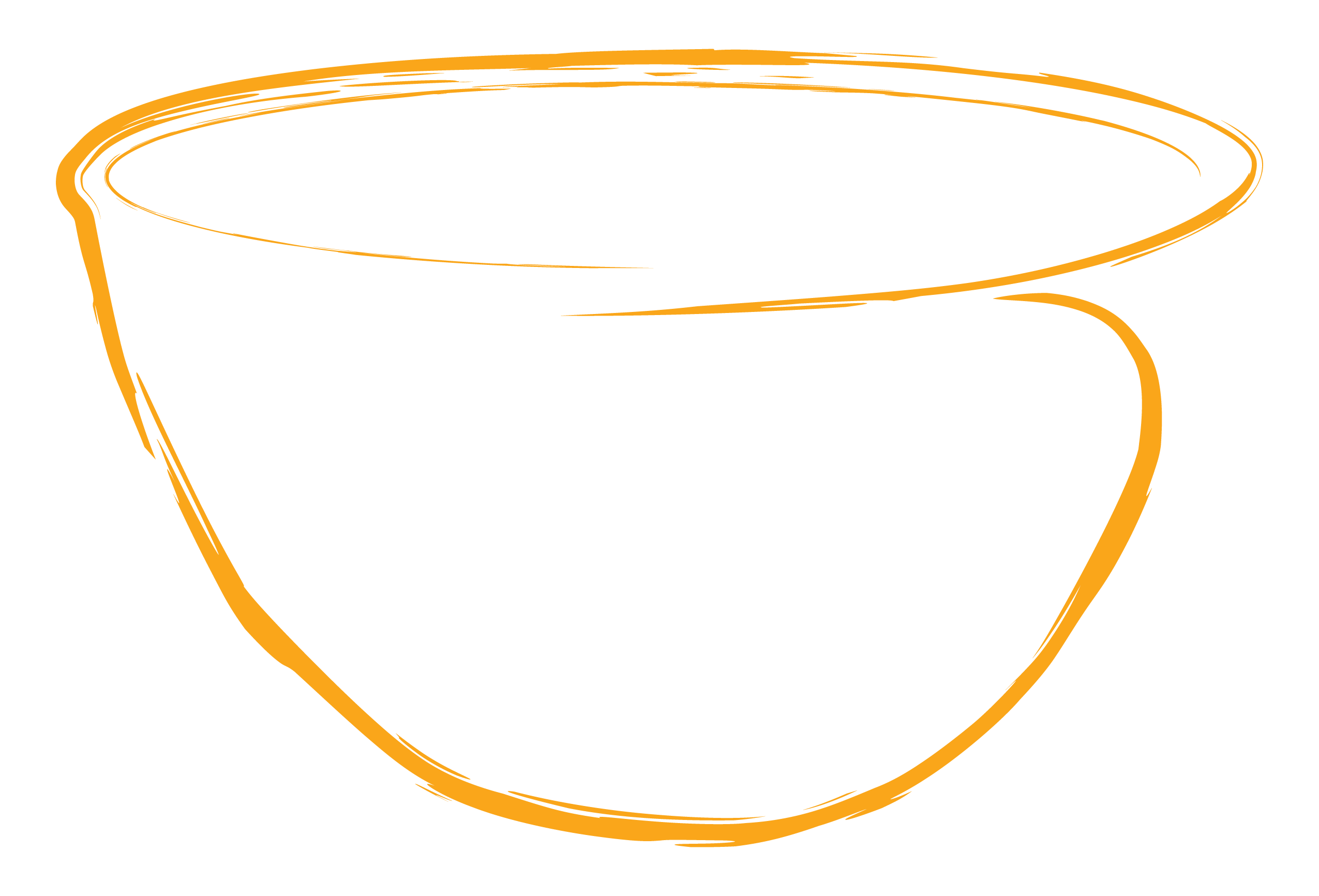The Edge of Connection
Hello, This is Resources for Resilience, where we dig into what creates resilience in our minds, our hearts, and our bodies. My name is Hillary Welzenbach, I run Montana Center for Somatic Psychotherapy in Missoula Montana and offer Sensorimotor Psychotherapy, and Authentic Movement. You can find this content in our podcast as well at https://anchor.fm/hillary-welzenbach .
This post will be focusing on Resilience.
What is Physical Resilience?
Everyday Health defines “Physical resilience as the body’s ability to adapt to challenges, maintain stamina and strength, and recover quickly and efficiently. It’s a person’s ability to function and recover when faced with illness, accidents, or other physical demands.”
There are many qualities that promote resilience. In this series we are focusing on.
Vulnerability, Productive Perseverance, Connection, Gratitude and Generosity, Possibility
Last week we looked at Productive Perserverence. Today we will talk about Connection.
Safe consistent connection is what helps us to stabilize. It helps us stabilize emotionally, it helps stabilize our thoughts and connection helps our bodies to be resilient.
The emotional stabilization in safe connection with other people is called co-regulation. Co-regulation (or coregulation) is a term used in psychology. It is defined most broadly as a “continuous unfolding of individual action that is susceptible to being continuously modified by the continuously changing actions of the partner”. An important aspect of this idea is that co-regulation cannot be reduced down to the behaviors or experiences of the individuals involved in the interaction.[1] The interaction is a result of each participant repeatedly regulating the behavior of the other. It is a continuous and dynamic process, rather than the exchange of discrete information.[2]
Co-regulation is often applied in the context of emotions. In this sense, the emotions of each individual within a dyad are constantly in flux, depending on the emotions and behaviors of the partner. If emotion co-regulation is in effect, the result will be a decrease in overall emotional distress. A working definition of emotion co-regulation has been offered as “a bidirectional linkage of oscillating emotional channels between partners, which contributes to emotional stability for both partners”. Emotion co-regulation is thoroughly studied in the context of early emotional development, often between infants and caregivers. It has also been studied in adult interpersonal interactions, with an emphasis on close, romantic relationships. One important note regarding co-regulation is that there may be an imbalance within the dyad, such that one member is more actively regulating the behavior of the other.
Physiologically human beings help to regulate each other’s vagal nervous systems when in close proximity. Suga, et al(2019) show that Mother’s directly affect the Heart Rate Variability of their infants, when mothers control their own heart rate through breathing. This allows mothers to help downregulate nervous system arousal in their infants, simply by downregulating thier own nervous system. As humans, when we are connected with others our bodies will work towards aligninig and connecting with others.
So basically we need each other. We need to be in connection with each other. It helps us calm our bodies, and soothe our emotions, which allows us to connect with our minds, to feel that spark of understanding. Connection helps us feel understood.
Rumi says “ “Your task is not to seek for love, but merely to seek and find all the barriers within yourself that you have built against it.”
And so we look at boundaries. Internal boundaries and external boundaries. How boundaries allow us to be more open internally so that we can allow connection.
Again it is time to practice. This time I would like you to get a piece of paper and pen and a piece of string.
Please sit down comfortably, either in a chair or on the floor. If you like to cross your legs go ahead. Close your eyes. Take a moment to feel where you and and the world begins. Feel the edge of you in all directions, above, below, in front, behind, on all sides. Where is this edge of “you”? Is it at your skin? Is it inside your skin? Is it a bit out from your body? How much space do you take up? Take a moment to fill the space that you do take up. Then notice if it feels like you like the amount of space you have or if you would like more space or more containment. Take your string and place it on the ground around you, approximately in the shape of what you feel as where you end, your boundary. Again take a moment to feel if this is enough space or if you would like more or less space. Try experimenting with changing the size of your string. Notice if more space or less space feels better.
Now think of someone you feel connected to in a positive way. Maybe your partner, child, parent, friend or someone else. Notice where you feel yourself end when you think of this person. Do you take up more or less space. Grab your paper and pencil. Fold your paper in half so it can make a sandwich board. If this boundary could speak with words to the person you are connected with, what would it say? Please write that message down on one side of your sandwich board. If your boundary could say something else that maybe it isn’t saying now but you would like it to say what would that be? Write that down on the same side of the sandwich board, set it on your string boundary and face it outwards. Take a minute to give those messages to your boundary and notice how it feels to be aware of your boundary with those messages. What positive sensations come up with this boundary? Let yourself feel them. What positive emotions come up with this boundary? Let yourself feel them. What positive thoughts come up with this boundary? Let yourself sit with these thoughts.
Now take a moment to notice if that boundary could speak what message it would be giving to you as you are in this connection. Take a minute to write that on the sandwich board facing in. If your boundary could say something else about yourself that it isn’t saying now what would you want it to say? Write that down on your sandwich board. Take a minute to give those messages to your boundary and notice how it feels to be aware of your boundary with those messages. What positive sensations come up with this boundary? Let yourself feel them. What positive emotions come up with this boundary? Let yourself feel them. What positive thoughts come up with this boundary? Let yourself sit with these thoughts.
I invite you to practice sitting in your positive connecting boundary each day this week. Get out your string and sandwich board. Let yourself sit in the sensations, emotions, and thoughts that come up with connecting boundaries.
And now for a Poem
Boundaries
by MARY OLIVER
There is a place where the town ends
and the fields begin.
It’s not marked but the feet know it,
also the heart, that is longing for refreshment
and, equally, for repose.
Someday we’ll live in the sky.
Meanwhile, the house of our lives is the world.
The fields, the ponds, the birds.
The thick black oaks — surely they are the
children of God.
The feistiness among the tiger lilies,
the hedges of runaway honeysuckle, that no one owns.
Where is it? I ask, and then
my feet know it.
One jump, and I’m home.
Thanks for joining us again!
Suga, A., Uraguchi, M., Tange, A. et al. Cardiac interaction between mother and infant: enhancement of heart rate variability. Sci Rep 9, 20019 (2019). https://doi.org/10.1038/s41598-019-56204-5


